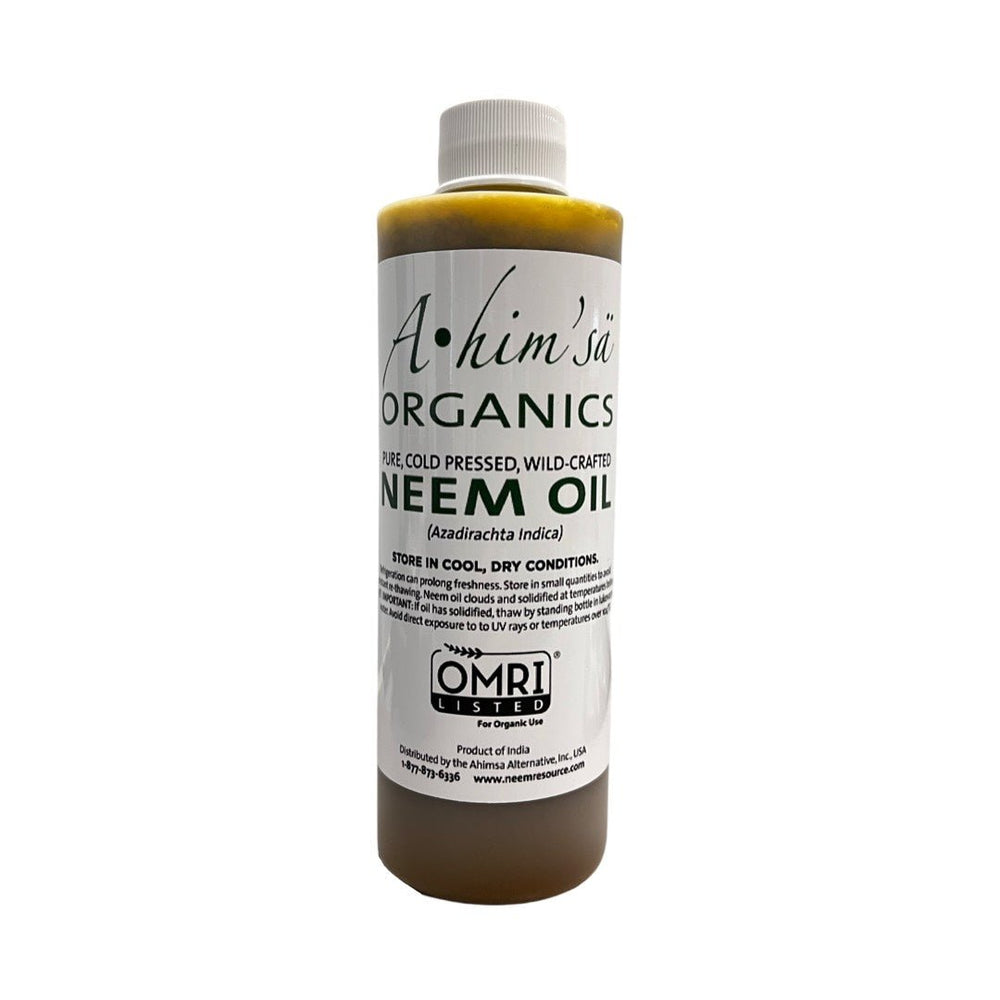The recently published Seralini study into the severe health impacts on rats given water containing traces of glyphosate, is a damning indictment of the pesticide industry's assurances that glyphosate is safe. Until we have more independent scientific evidence on the safety of glyphosate, we should err on the side of caution," says Mariam Mayet, director of the ACB.
African Centre for Biosafety Expresses Concern About Glyphosate
All Africa Global Media
The African Centre for Biosafety (ACB) has recently released its new research on glyphosate, titled "Glyphosate in SA: Risky pesticide at large and unregulated in our soil and water". The research shows that although glyphosate – a weed killer – is ubiquitous throughout South African agriculture, there is precious little research done to monitor and manage its environmental impacts.
Glyphosate is most commonly used in agricultural crop production and has become synonymous with genetically modified (GM) herbicide tolerant (HT) cops. HT maize now accounts for 50% of all GM maize planted in South Africa. GM soya cultivation rose from 165 000 ha in 2008 to 472 000 ha in 2012. Over a similar period (2005 – 2012), the overall use of glyphosate has increased from 12 million litres to 20 million litres. Similarly, from 2007 to 2011 glyphosate imports increased by 177%.
Risks associated with glyphosate
According to the ACB study, far from being the benign substance claimed by the pesticide industry, notably Monsanto, glyphosate exerts a heavy toll on plants, the soil, wildlife and aquatic systems. The ACB research points to a number of risks associated with glyphosate use which include:
glyphosate, and glyphosate based herbicides (GBHs) have been linked to increased incidences of over 30 plant diseases, inhibits nutritional uptake in plants, is toxic to earthworms and contributes significantly to incidences of fungal disease; glyphosate's impact on weed diversity has knock on effects higher up the food chain, including on butterfly and bird populations; studies conducted in both the USA and Europe have detected high concentrations of both glyphosate and its main breakdown product, aminomethylphosphonic acid in groundwater sources, with considerable implications for drinking water supplies; and glyphosate is highly soluble in water and therefore highly mobile in aquatic systems. In this mobile state, GBHs cause considerable damage to populations of amphibians, and is toxic to numerous aquatic organisms, including phytoplankton and freshwater mussels. Act protects water resources
"Although our National Water Act requires the Minister of Water Affairs to establish systems to monitor and protect the health of our water resources glyphosate has, up until now, been overlooked for study. South Africa has not even set a maximum residue level for glyphosate in water," says Gareth Jones, a researcher at the ACB.
"Until more information is gathered, we would recommend a moratorium on the use of glyphosate in South Africa. The recently published Seralini study into the severe health impacts on rats given water containing traces of glyphosate, is a damning indictment of the pesticide industry's assurances that glyphosate is safe. Until we have more independent scientific evidence on the safety of glyphosate, we should err on the side of caution," says Mariam Mayet, director of the ACB.
via Headline Story | equities.com.
What the Scientific Community says about Seralinis Work:
Conclusion
The two-year long rat study conducted by Séralini and his colleagues displays, from a scientific point of view, considerable shortcomings. The most serious of these can be found in the fact that the study used far too few rats per treated group and that there were too few control groups. In one fell swoop this entirely removes the basis for the conclusions that Séralini et al. draw. In addition to this, for every conclusion that they draw there is sufficient evidence in their own text to undermine them completely. There are also other shortcomings and numerous other questions that remain unanswered. One thing is clear:
Séralini et al. have not been able to substantiate in any way whether genetically modified NK603 maize or Roundup is harmful or not. The only thing that the study confirms is that Sprague-Dawley rats, like many other laboratory rats, develop relatively speaking many pathologies and that, as a consequence of this, many of the animals do not reach two years of age. But we have known this since the 1960s.
![]()




